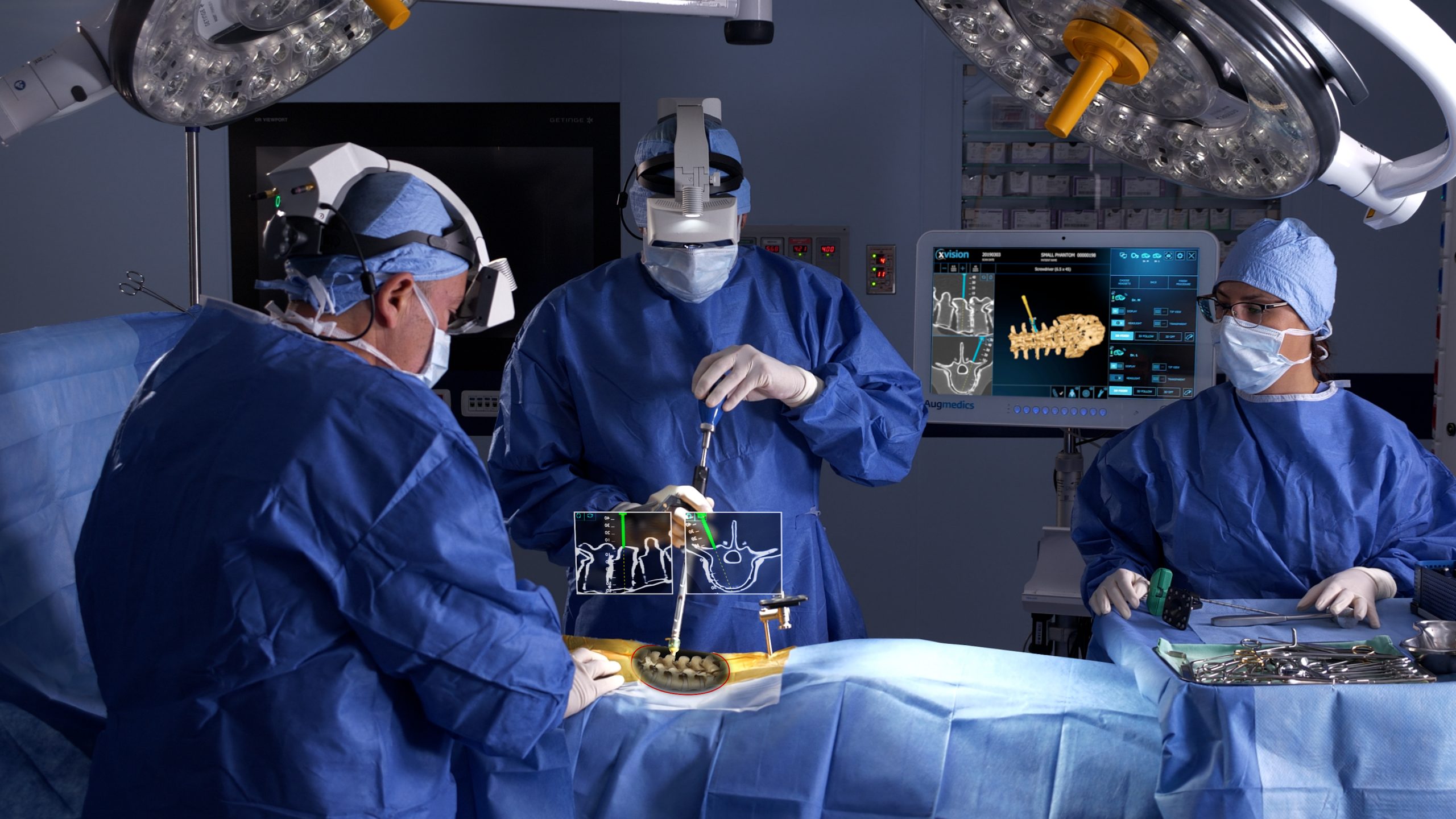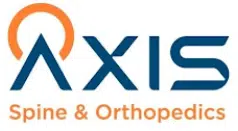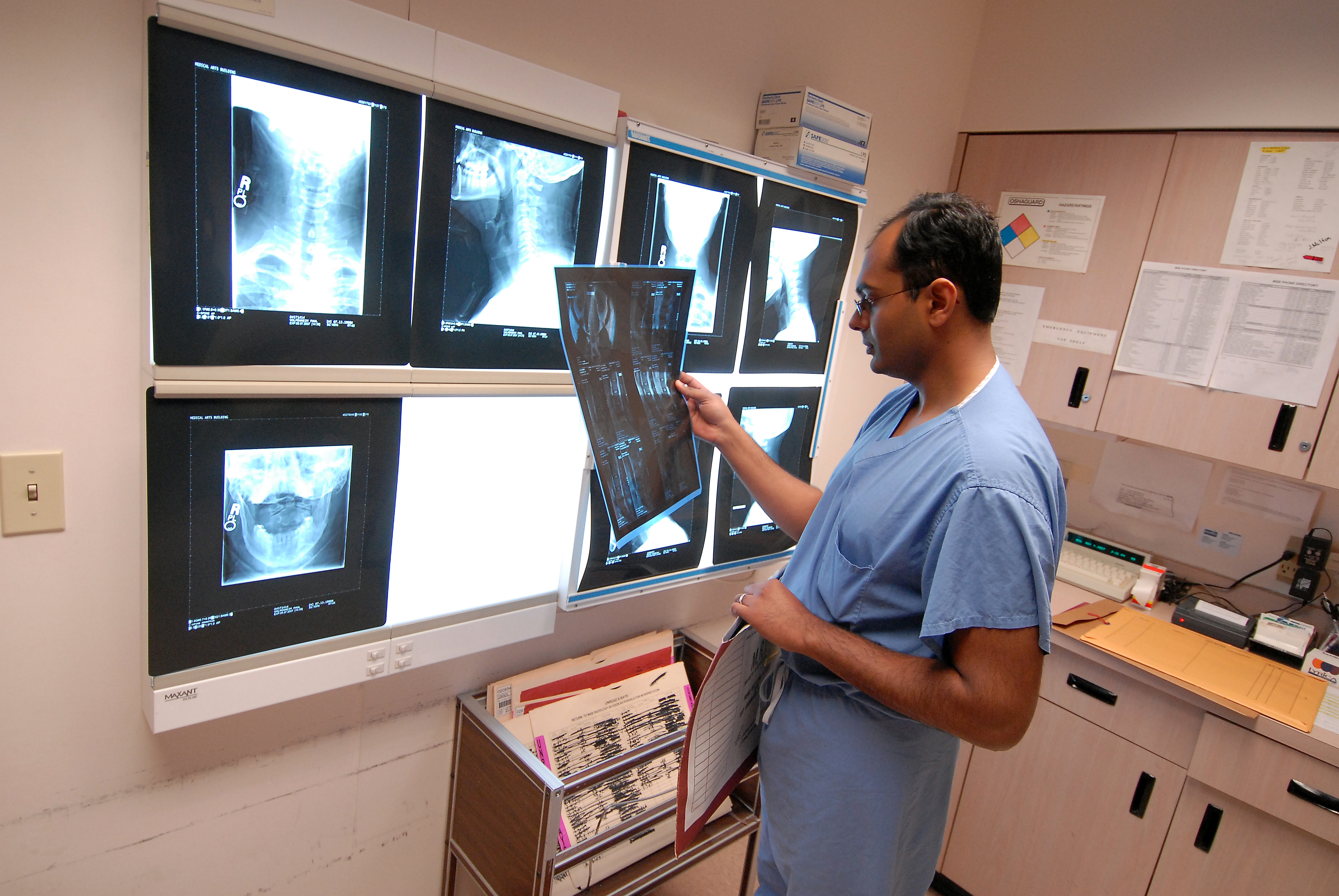Connecting with the Best Spine Surgeons in St Louis MO for Comprehensive Care
An Overview of Spinal Column Conditions That Usually Cause Surgical Treatments
Spine problems such as herniated discs, spine stenosis, and degenerative disc illness frequently demand medical interventions when conventional treatments stop working to relieve persistent signs and symptoms. Recognizing the nuances of each problem and the corresponding surgical choices, such as discectomy or back fusion, is crucial for effective management.
Herniated Discs
Although several individuals with herniated discs may discover alleviation through traditional therapies, surgical treatment ends up being a required consideration when signs and symptoms intensify or continue - best spine surgeons in st louis mo. A herniated disc occurs when the soft inner gel of a back disc extends via its outer layer, possibly leading and pressing nearby nerves to pain, pins and needles, or weakness in the extremities
Conventional monitoring generally consists of physical treatment, discomfort medicines, and corticosteroid shots, which intend to reduce swelling and boost feature. In situations where these methods fail to minimize debilitating signs, surgical options may be checked out.
The most typical surgery for herniated discs is a discectomy, which entails the removal of the herniated portion of the disc to soothe stress on the affected nerve root. In a lot more severe instances, back blend may be required to stabilize the influenced vertebrae.
Patients are suggested to go over the potential dangers and benefits of surgery with their health care supplier to make an informed choice. Inevitably, the objective of any medical intervention is to bring back function, alleviate discomfort, and enhance general high quality of life for individuals experiencing herniated discs.
Spine Constriction
Back constriction occurs when the rooms within the spine narrow, bring about enhanced pressure on the spine and nerves. This problem can develop in various regions of the back, consisting of the cervical and back locations, often due to age-related adjustments, such as degenerative disc illness, arthritis, or enlarging of tendons.
People with spinal stenosis may offer with symptoms that include discomfort, pins and needles, prickling, or weakness, mostly in the arms or legs. These signs can be exacerbated by tasks that entail standing or strolling, typically leading people to seek relief through traditional therapies like physical therapy, drugs, or epidural steroid injections.
Nevertheless, when these non-surgical interventions stop working to provide ample alleviation, surgical choices may be thought about. Typical surgeries for spine stenosis consist of laminectomy, which includes the removal of part of the vertebra to minimize pressure, and spinal blend, which maintains the damaged location. The choice to go after surgery is usually based on the intensity of signs, the level of useful problems, and the overall health and wellness of the individual. Motivate medical diagnosis and administration are important to avoid more neurological compromise and enhance quality of life.
Spondylolisthesis
Spondylolisthesis takes place when one vertebra slips ahead over an additional, resulting in imbalance of the spine. This problem can arise from various variables, including congenital issues, injury, or degenerative adjustments in the spine. It is most typically observed in the back region, particularly at the L4-L5 and L5-S1 levels.

Treatment alternatives differ based on the seriousness of the slippage and the symptoms offered. Traditional actions, consisting of physical therapy, pain management, and activity adjustment, are frequently the very first line of defense. When non-surgical techniques fall short to alleviate signs or when substantial nerve compression is existing, medical treatment may be necessitated. Surgical alternatives can consist of back blend or decompression procedures, focused on recovering positioning and relieving neurological symptoms. Early diagnosis and appropriate administration are critical for optimal outcomes in clients with spondylolisthesis.
Degenerative Disc Condition

Individuals with DDD often experience pain that may emit to the arms or legs, relying on the influenced area of the spine. The problem can be detected with a combination of medical assessment, imaging studies, and client background. Treatment alternatives generally start with conventional measures, consisting of physical therapy, discomfort administration, and way of life modifications. When these techniques stop working to offer ample alleviation, surgical interventions may be considered.
Surgical options for DDD may consist of back combination or fabricated disc replacement, targeted at supporting the impacted segment and reducing pain (best spine surgeons in st louis mo). Ultimately, the option of treatment is individualized, taking into consideration the intensity of the problem, patient health continue reading this and wellness, and way of life elements
Spinal Tumors

Spinal growths can occur from various variables, including genetic tendency, environmental influences, and pre-existing clinical conditions. Patients might provide with a range of symptoms, including local discomfort, neurological shortages, weakness, or changes in bowel and bladder function, depending on the tumor's size and area.
Medical diagnosis generally entails imaging research studies such as MRI or CT checks, which help define the growth's characteristics and influence on surrounding redirected here structures. In examining treatment choices, the lump's type, place, and quality are critical considerations. Surgical treatment might be called for to reduce symptoms, get a biopsy, or eliminate the growth completely. The goal of surgery is often to unwind neural elements and support the spinal column. Adjuvant treatments, consisting of radiation or radiation treatment, may also be necessary depending on the lump's nature. Early detection and intervention are vital for maximizing results in patients with back tumors.
Conclusion
In recap, spine conditions such as herniated discs, spine stenosis, spondylolisthesis, degenerative disc illness, and spinal growths regularly necessitate surgical intervention as a result of their prospective to cause significant pain and useful problems. While conventional treatments may provide temporary alleviation, medical alternatives become essential when signs aggravate or continue. Prompt medical diagnosis and treatment play a crucial role in restoring function and improving the lifestyle for damaged individuals, highlighting the relevance of extensive spine care.
